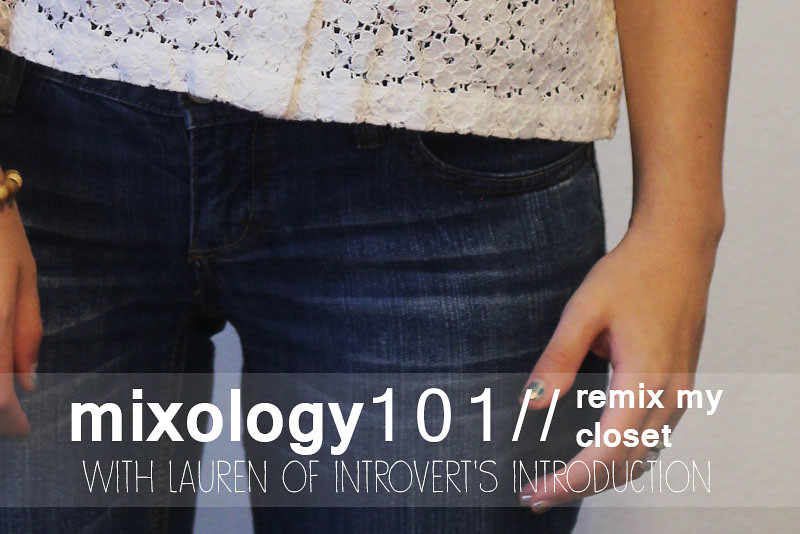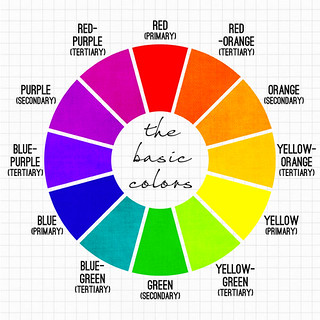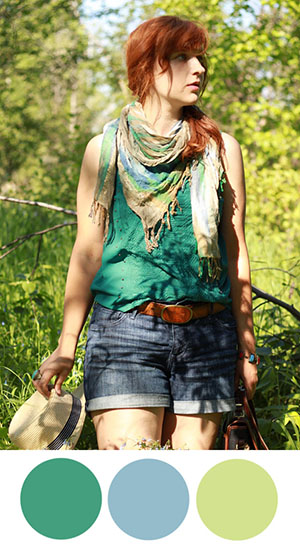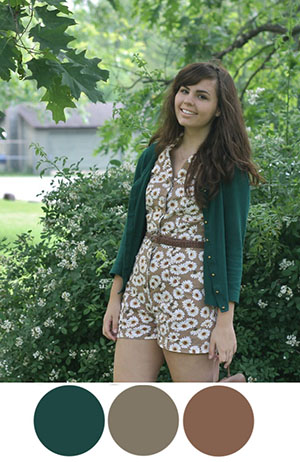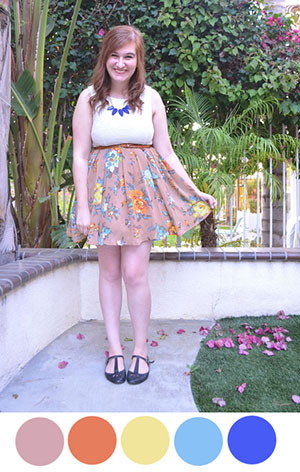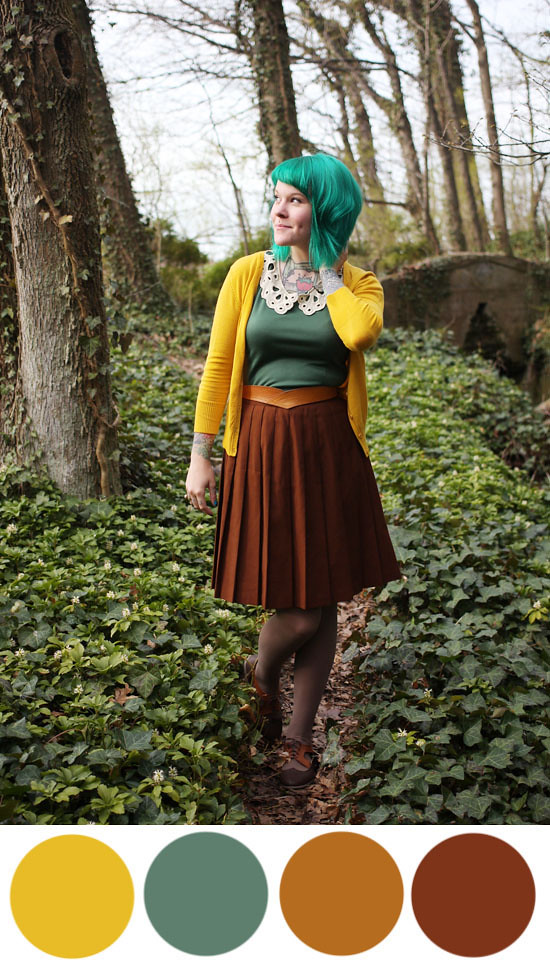
shirt/skirt/cardigan: thrifted // shoes: payless


What if I told you guys that this week of mixology posts was just a huge conspiracy to get you guys to pick out my clothes for me? While that definitely is not the case, I still felt pretty cool when I woke up this morning and thought, "I wonder what I should wear today? Oh wait, I'll have my people decide for me!" Haha you are my people now. But all kidding aside, I really loved this outfit that Fernanda put together through my remix my closet post. Be sure to join in on the fun and read over all of my mixology posts from this past week! (intro//color//prints//combinations) I'll probably accept outfits until next week, and then it will be back to waking up and groggily picking out clothes in my half asleep daze every day.

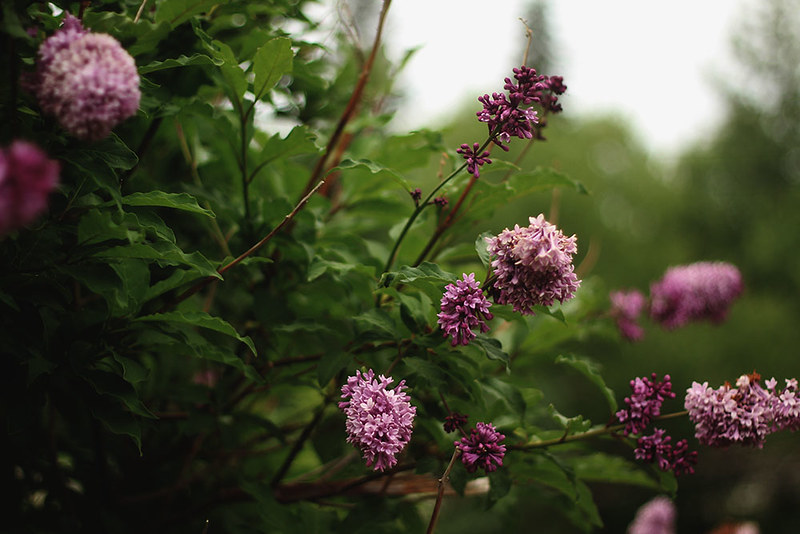
All of the pieces in this outfit really work well together. First let's look at the polka dot shirt. Neutral color, neutral print, therefore it goes with anything. The lime green cardigan is my accent color because there isn't the same tint of green anywhere else in the outfit, but there are the same tints of other colors in the skirt (mostly the yellow and light pink).


I hope you have a great day, and thanks for a great week of mixology! Tomorrow I'll have two posts, first my week in instagram (because I'm addicted to it and love posting pictures there), and then June's blogger of the month! Who's it gonna beee? And then following Monday's June Review post we shall continue these mixology results, so you don't want to miss it!

